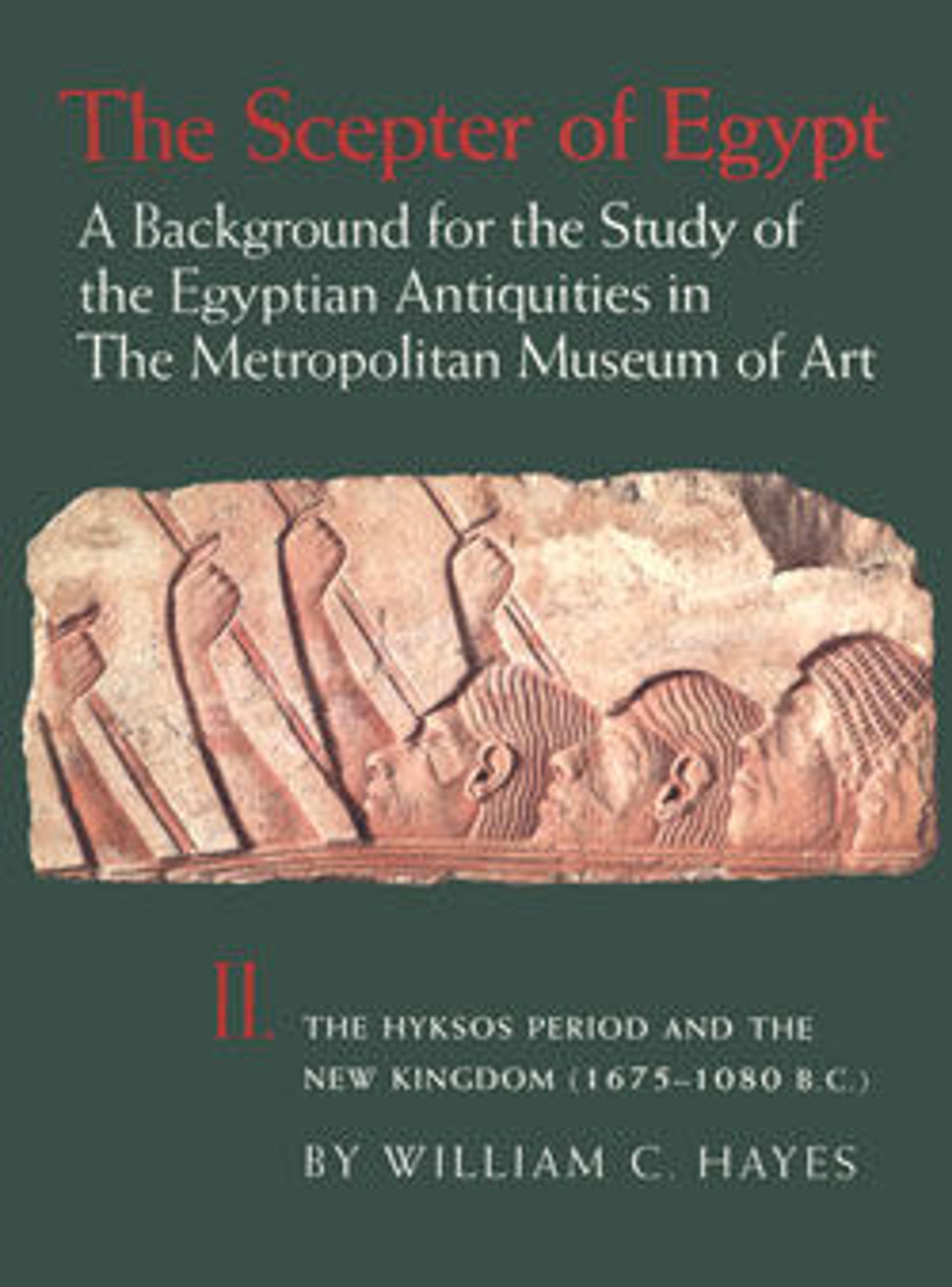Ointment Jar
The shape of this tall, flaring jar first appeared during the Pyramid Age, more than 1000 years before this example was made. Originally, it probably had a round, flat lid and was used to store a cosmetic oil or ointment for moisturizing the skin. The jar was excavated by the Museum's Egyptian Expedition in 1916. It had been placed near the head of a coffin along with a number of other objects that came to the Museum when the finds were divided with the Egyptian Antiquities Service. These include two other alabaster jars (16.10.421, 16.10.424), another smaller ointment jar of serpentine (16.10.422), two pottery vessels (16.10.427–.428), a small ivory cosmetic box (16.10.425), and three ivory combs (16.10.428–.430).
Artwork Details
- Title:Ointment Jar
- Period:New Kingdom
- Dynasty:Dynasty 18, early
- Date:ca. 1550–1458 B.C.
- Geography:From Egypt, Upper Egypt, Thebes, Asasif, Courtyard CC 41, Pit 3, Burial B 4, Between head of coffin and wall, MMA excavations, 1915–16
- Medium:Travertine (Egyptian alabaster)
- Dimensions:H. 13.6 cm (5 3/8 in.); Diam. 11.6 cm (4 9/16 in.)
- Credit Line:Rogers Fund, 1916
- Object Number:16.10.423
- Curatorial Department: Egyptian Art
More Artwork
Research Resources
The Met provides unparalleled resources for research and welcomes an international community of students and scholars. The Met's Open Access API is where creators and researchers can connect to the The Met collection. Open Access data and public domain images are available for unrestricted commercial and noncommercial use without permission or fee.
To request images under copyright and other restrictions, please use this Image Request form.
Feedback
We continue to research and examine historical and cultural context for objects in The Met collection. If you have comments or questions about this object record, please contact us using the form below. The Museum looks forward to receiving your comments.
